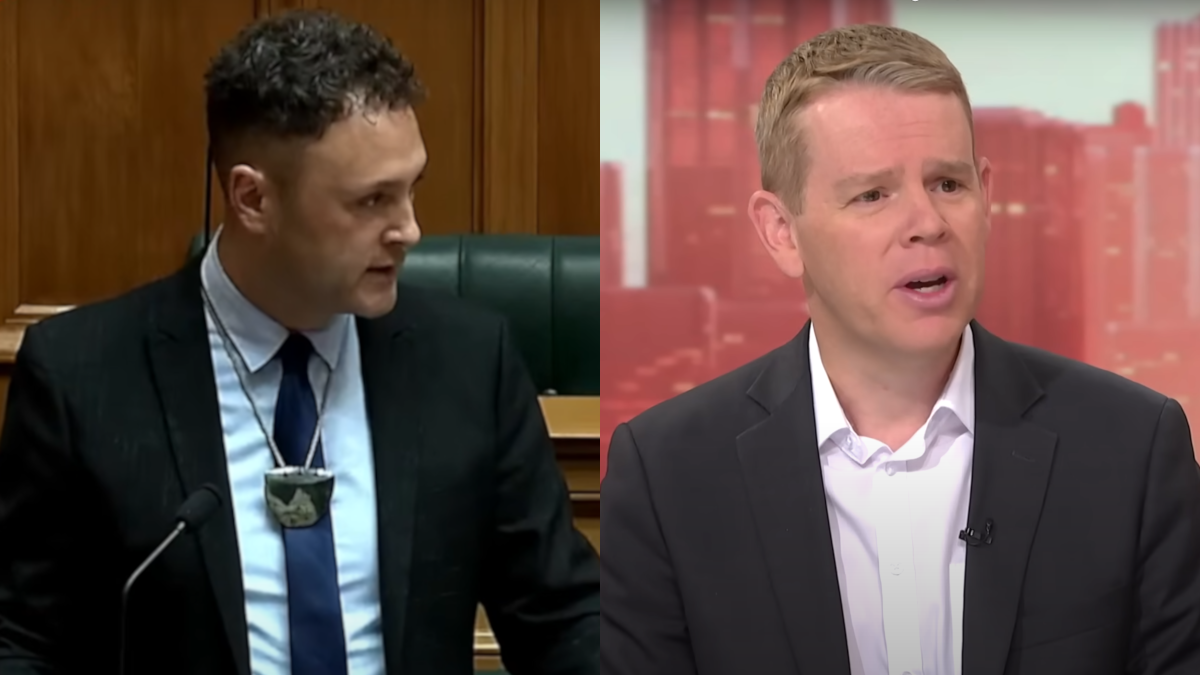Fact‑Checking Labour’s Polytech Press Release
Separating Bold Claims from Budget Busts

New Zealand’s polytechnic system has long lurched between booms and busts. By 2018, the country’s 16 Institutes of Technology and Polytechnics (ITPs) ran a combined deficit of $83.4 million. Enrolments slid from just under 76,000 EFTS in 2017 to about 69,000 by 2019, amplifying fiscal fragility. Several institutions (e.g., Unitec, Tai Poutini) even needed bailouts. Against this backdrop of financial fragility, Labour’s 2019 reforms—known as the Reform of Vocational Education (RoVE)—proposed pooling all ITPs into one mega‑institute, Te Pūkenga (New Zealand Institute of Skills and Technology), to stabilise funding, reduce duplication and better match training to industry.
Yet the promised “unity and viability” didn’t materialise. Te Pūkenga formally launched on 1 April 2020, folding in all 16 ITPs and industry training boards. Initially viewed as a bold unification, by mid‑2022 cracks were obvious. A government audit noted that Te Pūkenga had missed key integration milestones, with back‑office systems lagging and campuses unprepared for the merger. Auditors warned that performance targets were incomplete and benefits unmeasured. When the institute finally published its 2022 results (for 2021 year‑end) in August 2023, it showed an $80–105 million deficit—far above early forecasts. In fact, New Zealand’s Auditor‑General noted Te Pūkenga had “been beset with difficulties” and faced a roughly $100 million shortfall in 2022. By contrast, the pre‑merger ITPs together had run about an $83 million deficit in 2018, so the hoped‑for stabilisation had not happened.
Early Troubles: Deficits and Disruptions
In July 2022, Te Pūkenga moved to cut $8 million from head‑office budgets in an attempt to curb a looming deficit. Despite this, the institute forecast about a $93–110 million loss for 2022. Chair Murray Strong later apologised to staff and the Minister for missed targets. CEO Stephen Town, who had already been on leave, resigned in August 2022. Acting CEO Peter Winder took over, calling the merger a “once‑in‑a‑generation transformation” but also a “large and complex” endeavour.
Staffing cuts accelerated. By end‑2024, the central office had been reduced by 75% compared to 2023—to just over 60 permanent or fixed‑term employees. Hundreds of kaimahi (employees) took redundancy: in 2024 alone, 353 staff accepted cessation payouts totalling $10.7 million (approximately equal to $30,500 each). By mid‑2025, another 241 positions ceased, with a further $10 million in payouts. At its peak, Te Pūkenga employed ~10,000 staff; a mid‑2023 restructuring proposal aimed to cut 960 positions (net 404 FTE).
Meanwhile, enrolments continued to fluctuate. After initial bumps in 2020, student numbers fell. Te Pūkenga reported a 17% drop in total EFTS from 2020 to 2022. The Auditor‑General noted total polytechnic enrolments declined by about 12% between 2021 and 2022. Domestic on‑campus numbers fell sharply—classic “boom‑bust” cycles in play. Faculties and programmes were scaled back: Te Pūkenga’s 2024 report highlighted cost‑cutting via asset sales and programme rationalisation. In short, rather than steady post‑merger growth, many regional campuses saw cuts.
Fact‑Checking Halbert’s Critique
On 14 July 2025, Labour’s spokesperson Shanan Halbert issued a press release headlined “Fewer jobs, opportunities in regions under National”. Let’s compare his actual quotes to the record:
-
“The whole point of Te Pūkenga was to make the polytechnic sector more financially viable and ensure more training opportunities and employment in our regions.”
Reality: Te Pūkenga ran deficits of roughly $100 million in 2022 and $37.9 million in 2023, only posting a $16.6 million surplus in 2024—achieved largely through cuts, not growth.
-
“The changes announced today will only return the polytechnic sector to a model that was never financially viable – and the result will be major job losses in local areas.”
Reality: Hundreds of redundancies already occurred under Te Pūkenga, including a 75% cut to the national office and 900+ positions proposed for elimination in 2023.
-
“Toi Ohomai’s Tokoroa campus could close, which is huge for a town that has also just lost its mill. WIT had proposed more job cuts as of Friday to business and hospitality. NorthTec, EIT and Ucol have been forced to propose further cuts as a result of the Government’s proposals already.”
Reality: Regional campuses did face programme cuts and potential closures well before 2025, but public announcements varied in scope.
-
“This Government could have simply addressed some of the issues Te Pūkenga had, without disestablishing it, and avoided all the expense and uncertainty this has had on staff and students.”
Reality: Multiple audits warned of missing integration baselines and delayed milestones, and leadership turnover highlighted deep systemic problems.
-
“The Minister is refusing to say how much this will cost and is ignoring advice on the risks of her proposal to the financial viability of polytechnics. Penny Simmonds couldn’t even guarantee when asked this afternoon if they would all still be operational in two years’ time.”
Reality: No cost estimate was provided in National’s unwind announcement, and Simmonds did not offer a clear two‑year guarantee in parliamentary Q&A.
-
“This is a sector that supports training for the kinds of jobs our regions need to fill skill gaps and boost local businesses and the economy. This Government is taking our regions backwards.”
Reality: While vocational training remains vital, both the pre‑2017 model and the merged Te Pūkenga struggled with funding constraints and regional responsiveness.
Unraveling the Mega‑Merger
Within its first 100 days in office, the Government announced plans to unwind Te Pūkenga. Minister Penny Simmonds confirmed that 10 of its divisions would become autonomous ITPs by January 2026—effectively disestablishing the mega‑merger. She called Labour’s unified model “uneconomic” and pledged to bring back local governance boards. Campuses still face declining enrolments, capped funding, and expensive property maintenance. Even Te Pūkenga’s CFO cautioned in 2024 that “ending volume‑based funding risks repeating the poor investment decisions of the past.”
Ironically, on the very day National unveiled its unwind, Te Pūkenga published the 2024 report: a $16.6 million surplus—thanks to asset sales, programme cuts and staff slashes, not a surge in student fees. Domestic EFTS ticked up slightly post‑Covid, but workplace learners plunged 21% in one year to 8,329 EFTS. The surplus was a pyrrhic profit, proving austerity, not abundance.
Now, National’s June 2025 Regional ITP Viability Programme reviews which sites and courses can truly stand alone—but with the same tight purse strings that prompted RoVE in the first place. The path ahead may promise regional redress, but without fresh funding fundamentals, campuses risk another round of chaos—or a crash, not a crescendo.
Conclusion: Lessons and the Path Ahead
Labour’s Te Pūkenga experiment aimed for unity, stability and strong regional ties. What we got was persistent turbulence: integration delays, leadership turnover and massive deficits. National’s re‑segmentation addresses local laments, yet wrestles with the same riddle: how to sustainably fund 16 campuses with fewer students per site? The enduring enigma is the funding squeeze. Unless financial baselines and incentives are reset, the revived ITPs may ride that familiar roller coaster of enrolment booms and busts.







